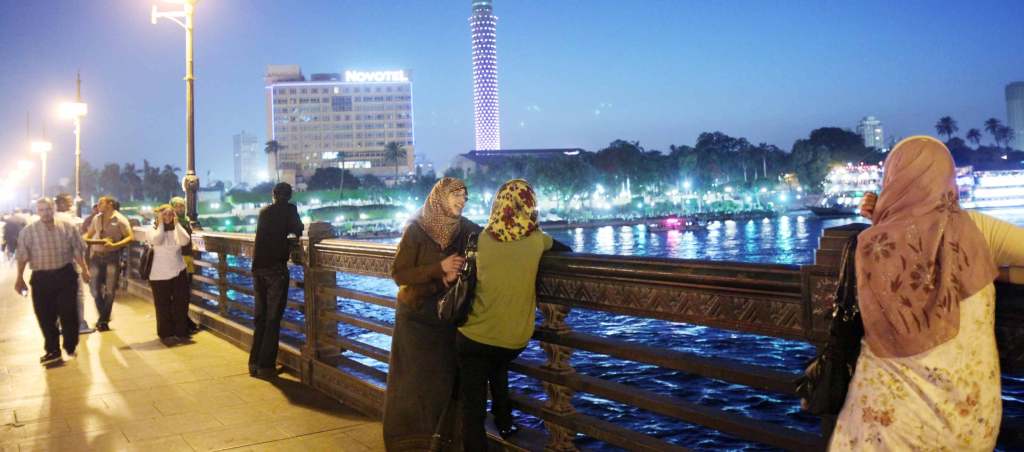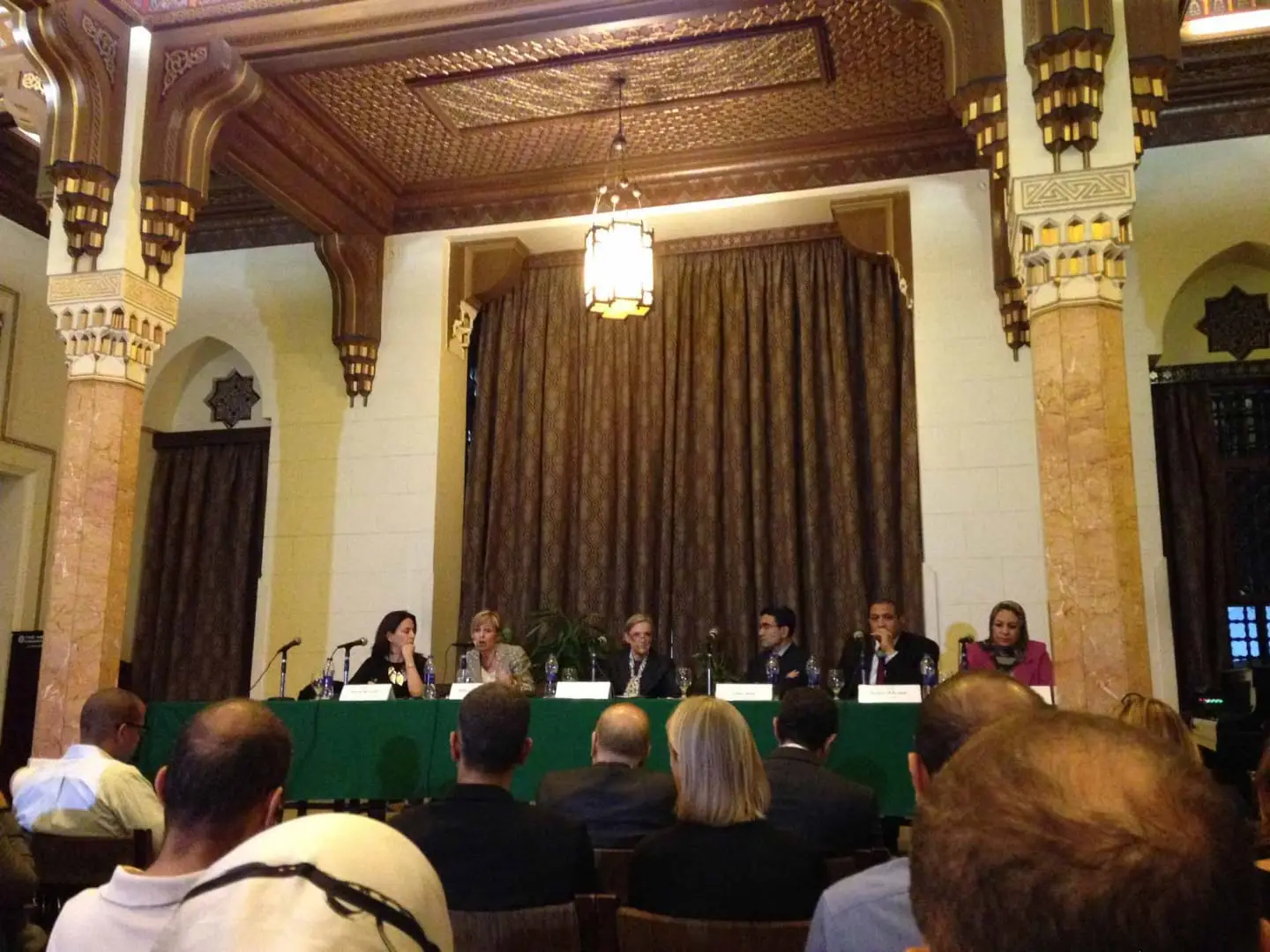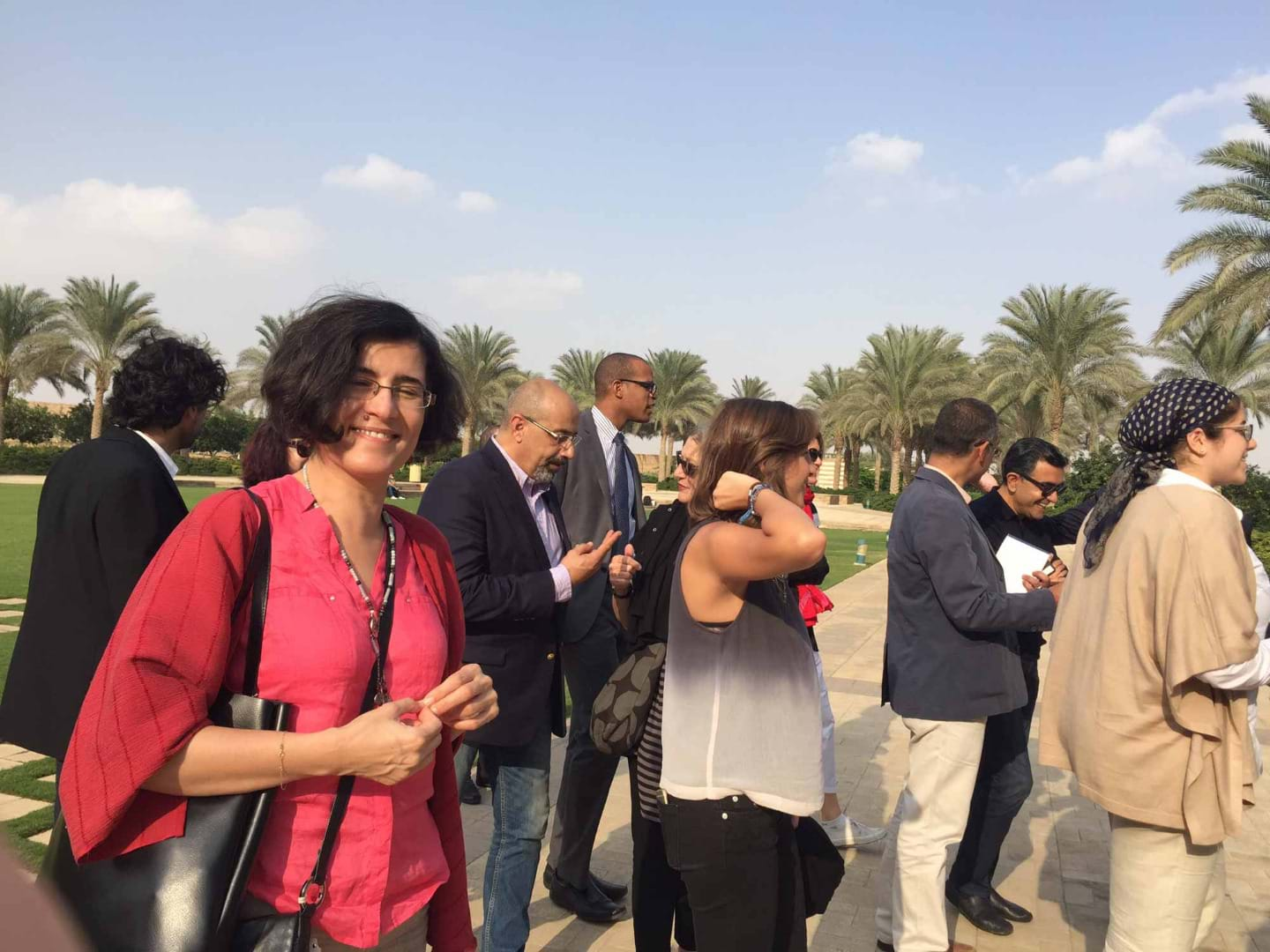
How can lessons learned from gentrification around the world inspire change in Egypt? What role will culture play in the development of downtown Cairo? And how can universities—specifically in Lebanon and Egypt—contribute to revitalizing the neighborhoods they belong to? These questions are among many being discussed at two events this autumn that build on the work of our partners working on governance and higher education in the Middle East and North Africa, and that highlight how our work is becoming more and more collaborative.
On October 31 and November 1, a symposium on Creative Cities looked at how lessons from the revitalization of cities in Chile, Lebanon, and the UK might be relevant to the future development of downtown Cairo. As Cairo moves ahead with plans to reinvent its historic downtown, how can it also create vibrant public spaces that preserve heritage and expand livelihoods for residents—while avoiding gentrification and balancing serious challenges related to security and access? Bridging academia and practice, the meeting brought scholars and researchers into dialogue with Cairo Governorate officials, real estate investors, small business owners, local newspaper editors, urban planners, artists, and community leaders to reframe visions for downtown Cairo and the role of culture in advancing urban development.

A few days later, from November 5 to 7, a roundtable meeting between representatives from the American University of Beirut (AUB) and the American University in Cairo (AUC), entitled “Universities and Their Neighborhoods in the Emerging Middle East: Civic Engagement Meets Anchor Strategies,” was held at AUC. The event was jointly hosted by the Neighborhood Initiative (based at AUB, and a grantee) and the AUC. These universities, and others like them, are in a unique position to play a larger role in the development of their cities. Participants explored how these anchor institutions can better serve their communities, playing a larger role in advancing growth and opportunity in their neighborhood and city.

The conversations at that event built on a convening from earlier this year: the annual conference organized by the Neighborhood Initiative, together with AUB’s graduate programs in urban planning, policy and design. This year’s conference focused on Middle Eastern and Mediterranean cities, and questioned how gentrification affects cities that also face regional insecurities, communal and political tensions, and post-conflict and post-crisis reconstruction. Investment, development, and renewal plans are transforming these cities spatially and socially, producing new patterns of gentrification and new maps of privilege and exclusion. In short, geography matters.
All these events brought together scholars and practitioners working on improving cities—demonstrating how connections can be made between cities whose histories, governance structures, security conditions, and political, legal, economic, and social settings differ significantly. These places may look different on the surface, but urban residents all around the world are facing similar problems. As the foundation evolves to put greater emphasis on collaboration, it’s clear to us how many connections already exist between our grantees—and how much opportunity there is to build on them.

